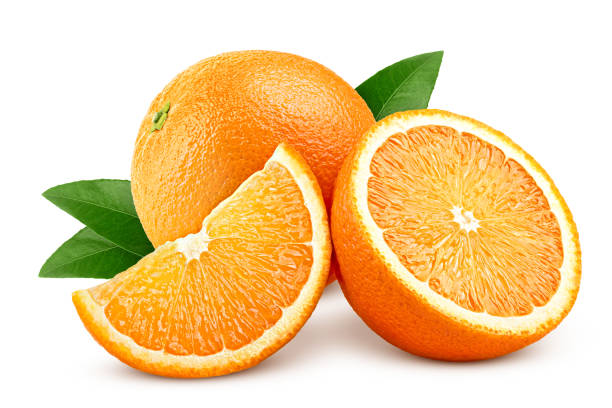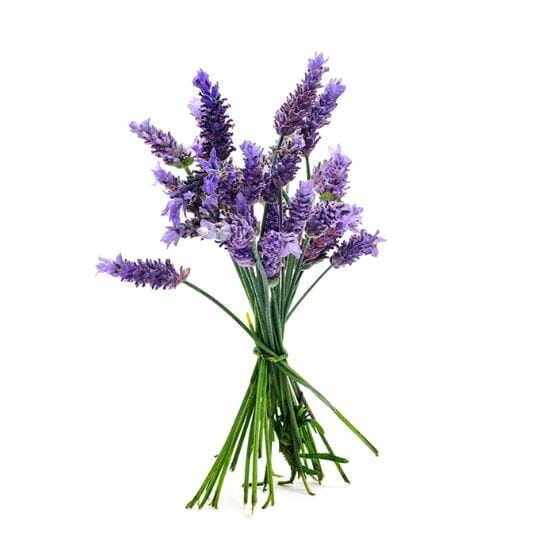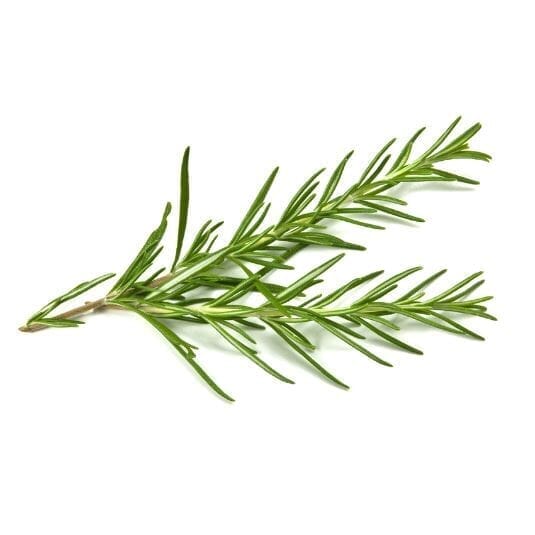What does the word kumquat mean?
The kumquat is also called the "miniature orange tree" due to its resemblance to an orange. The name "kumquat" comes from the Cantonese dialect in China, where it is called "kam kwat." This fruit is prized for its tangy, slightly bitter flavor and its richness in nutrients such as vitamins C and A.
In the beginning…
The kumquat has a long history in China, where it is considered a symbol of prosperity and good fortune. It has also been introduced to other parts of the world, notably Europe and the United States. In Europe, the kumquat first appeared in France in the 19th century, where it was cultivated as an ornamental plant before being recognized for its potential in cooking and perfumery.
Today, kumquat is used in a variety of beauty products and perfumes. In addition to being a popular ingredient in perfumery, it is also used in skin care products for its moisturizing and antioxidant properties. Thanks to its unique scent and richness in nutrients, kumquat remains a popular fruit worldwide, both for its health benefits and its contribution to perfumery.
The creation of kumquat molecules
Kumquat is sometimes recreated from synthetic molecules in perfumery for several reasons. First, kumquat is a delicate and relatively rare fruit, native to specific regions of the world. Its limited access and restricted seasonality make it a difficult ingredient to obtain in sufficient quantities for regular use in the fragrance industry. By using synthetic molecules, perfumers can capture the distinctive olfactory essence of kumquat consistently and without relying on its seasonal availability.
Additionally, kumquat has a complex scent with notes of citrus, zest, and subtle sweetness. Synthetic molecules allow perfumers to faithfully reproduce these olfactory nuances, giving them precise control over the creation of the kumquat note. This allows them to harmoniously incorporate it into their fragrance compositions, while also providing greater creative flexibility to adjust the intensity and balance of the kumquat scent to suit their artistic needs.
By using synthetic molecules to recreate kumquat in perfumery, perfumers can offer pleasant and inspiring scents that evoke the refreshing and invigorating aroma of this unique fruit.
What did you know about kumquat in perfumery?
Creating synthetic molecules that replicate the scent of kumquat in perfumery involves a multi-step process. First, the olfactory characteristics of kumquat are carefully studied to identify the key aromatic compounds responsible for its distinctive aroma. Then, chemists use organic synthesis techniques to create these synthetic molecules, faithfully reproducing the scent of kumquat. These molecules can be produced from chemical raw materials available in the laboratory or by chemically modifying existing compounds. Chemists seek the perfect balance between the different compounds to achieve a realistic and faithful scent.
Once the synthetic molecules are created, they are rigorously tested and evaluated to ensure they accurately reproduce the scent of kumquat. Perfumers can then incorporate these synthetic molecules into their fragrance compositions to deliver an authentic kumquat note. This process of transforming kumquat into synthetic molecules allows for the consistent and reproducible capture of the fruit's olfactory essence.
As a result, kumquat in perfumery brings a fresh, tangy, and slightly sweet note. Its fragrance is characterized by lively and sparkling citrus accords, with nuances of orange zest and mandarin. It can also have slightly floral and herbaceous facets. The scent of kumquat in perfumery evokes a feeling of vitality, dynamism, and freshness, adding a lively and sunny touch to perfume compositions. It is a note often used to bring an energizing and refreshing dimension to perfumes, particularly in summer fragrances or aromatic compositions.
Ultimately, kumquat can be combined with various ingredients to create harmonious and balanced olfactory accords. For a fresh and fruity fragrance, it can be paired with citrus notes like bergamot or mandarin. For a more floral scent, it can be combined with notes of jasmine or rose. Finally, for a woody scent, it can be combined with notes of cedar or sandalwood. This note is ideal for creating men's and women's fragrances.
GOOD TO KNOW! In addition to its unique flavor profile, kumquat also boasts health benefits. Rich in vitamin C, fiber, antioxidants, and minerals, this fruit helps strengthen the immune system, improve digestion, and protect the body from free radicals that cause premature aging.
Additionally, kumquat essential oil is often used for its antiseptic, anti-inflammatory, and calming properties. It can help relieve muscle and joint pain, soothe nervous tension, and promote relaxation and sleep. Therefore, kumquat fragrance can also be beneficial for mental and emotional health, providing a sense of well-being and vitality.
The legendary kumquat fragrances...
• Kumquat Alchemy by Providence Perfume Co , which combines the essence of kumquat with notes of magnolia, jasmine and sandalwood.
• Kumquat Eau de Parfum by Berdoues is also highly appreciated for its freshness and liveliness, with notes of citrus and white tea leaves.
• Jo Malone's Kumquat Noir is a more sophisticated fragrance, with notes of black pepper and patchouli for a warmer, more sensual feel.
• Myrrh and Kumquat by Acqua Colonia is an eau de parfum launched in 2018, also made with kumquat. It is combined with myrrh and balsamic notes for a fresh and slightly spicy creation.
• Hugo Energise by Hugo Boss is a men's eau de toilette released in 2010, combining kumquat with fruity notes of mandarin and juniper berries.
• Coach for Men by Coach boldly and originally incorporates kumquat into its composition. The sparkling and fruity top notes of kumquat blend harmoniously with spicy and woody accords, creating an energetic and refined fragrance that embodies the confidence and modernity of the Coach man.
Kumquat X Good Perfumer
Bon Parfumeur offers responsible, unisex eau de parfums. The brand does not offer any kumquat-based creations. However, similar notes such as bergamot, mandarin, and yuzu can be found.
• Eau de parfum 001 , for example, combines bergamot with notes of orange blossom and petitgrain, for a fresh and invigorating fragrance. • Eau de parfum 003 , combines notes of yuzu with vetiver and violet leaves. 
• YMC Eau de Parfum , for its part, combines mandarin with cinnamon and sandalwood, for a more sensual and captivating fragrance.
Would you like Bon Parfumeur to launch a kumquat-based fragrance?










